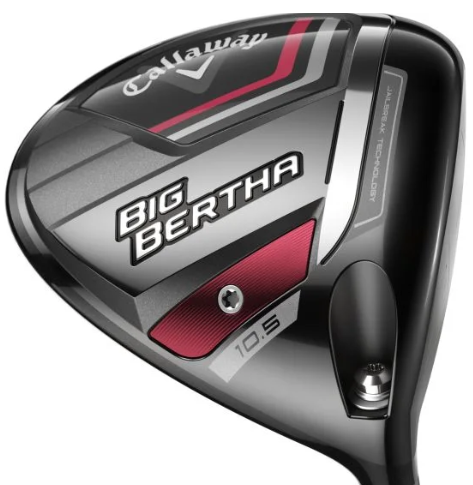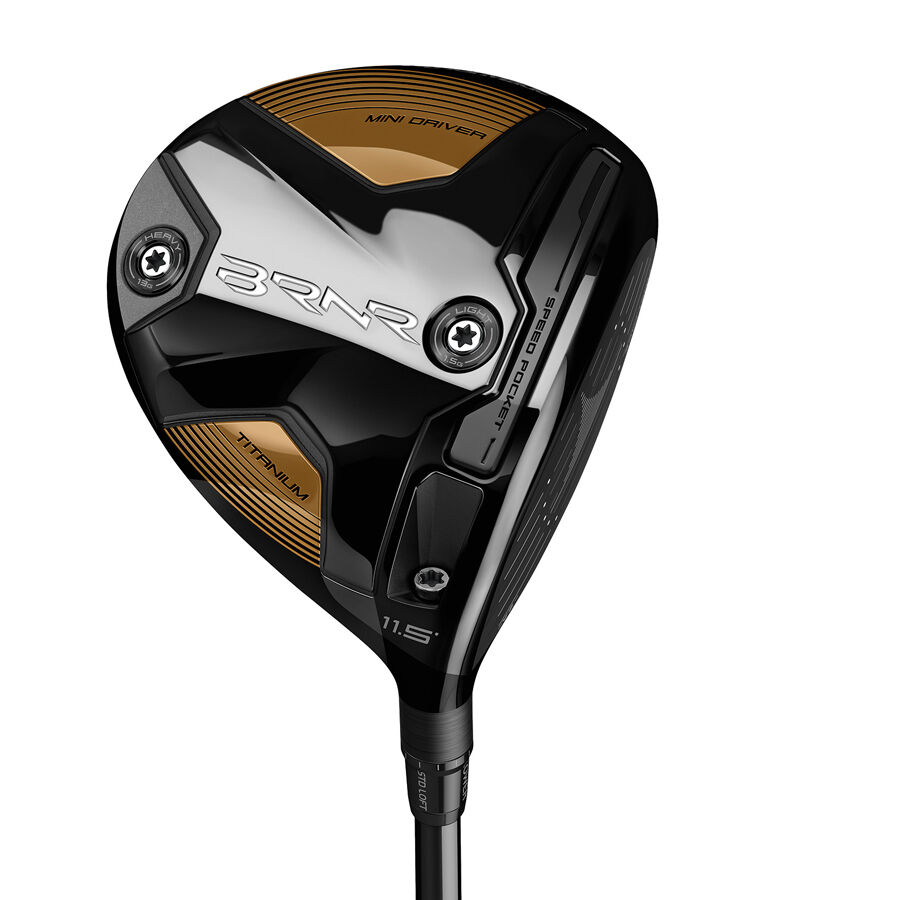2025 Colorado Getaways: Steamboat Springs
Steamboat Springs is like a secret only you and your friends know
by Tony Dear

Callaway’s use of the name Big Bertha (a German WWI howitzer) dates back to 1991 when the original Big Bertha Driver debuted. The clubhead was made entirely of Stainless Steel and had a volume of 190cc making it the first ever wide-body, over-sized driver. It wasn’t actually an awful lot bigger than some persimmon heads of the day which were around 170cc, but the extra 20-25cc certainly grabbed your attention (Gary Adams’s Pittsburgh Persimmon driver of 1979 was 190cc too). The size was one thing, but what became clear within just a few shots was how forgiving the club was. The Short Straight Hollow Hosel, introduced in the S2H2 irons in 1988, allowed Callaway’s clubmakers to push the Center of Gravity (CG) low in the head and increase the perimeter weighting. That launched the ball higher and meant off-enter strikes behaved an awful lot better than off-center strikes with persimmon.
By 1995, Titanium was fast becoming the favored metal (Mizuno had released the first Titanium driver in 1990 – the Ti 110). Significantly lighter than steel but just as strong, it could be used to make much larger clubheads. The Great Big Bertha arrived in 1995 with a head volume of 253cc. That’s 207cc smaller than today’s head but, believe me, in 1995 it looked absurdly huge. The 290cc Biggest Big Bertha then came along in 1997.
The 2023 version of the club is right at the USGA limit of 460cc. The latest version of the ultra-premium Great Big Bertha family (the driver retails for $699) was launched late last year – i.e. before the new Big Bertha – and the drivers are the same size. That might seem odd to some seasoned golfers who remember hitting both originals from 30 years ago, but just go with it (the new Big Bertha is more affordable than the Great Big Bertha which makes sense…to the ol…seasoned guys).
The 2023 Big Bertha is aimed pretty specifically at slow-swinging golfers who tend to slice the ball and, as such, is very much a game-improvement model. Unlike most game-improvement clubs, however, the Center of Gravity (CG) in the Big Bertha driver is positioned relatively low and forward to reduce spin and, therefore, take the edge of that slice.
And, as well as being low and forward, the CG is also closer to the heel of the club thanks to a little extra weight there. That helps the face turn over a little easier, again mitigating the destructive slice-spin.
Elsewhere in the head, you’ll find much of the same tech as you see in the Paradym. There’s the AI-designed Jailbreak structure (this one a little lighter) that keeps the head rigid at impact transferring more energy to the ball. There’s the Triaxial Carbon Crown to keep it light (with other light-weight components) and help you swing it faster, and an adjustable hosel.
Price –$500
Lofts – 9˚, 10˚, 12.5˚.
Shafts – Callaway RCH 45, 55 and 65 (graphite).
Right and left-hand. 12.5˚ club in right-hand only.
Pre-order on company website now. Ships May 26th.
callawaygolf.com

TaylorMade has come out with its share of small-head drivers in the big-head driver era. There was 2014’s SLDR, 2019’s Original One, and 2021’s Mini 300. While none of them broke any sales records (except for sales of mini drivers perhaps), they all certainly had a following – hence the repeated introductions. Now there’s another – the BRNR which obviously puts one in mind of the copper-colored Ti Bubble 2 with which Mark O’Meara won two majors – the Masters and Open Championship – in 1998.
Had the company’s smaller drivers simply been nostalgic, smaller versions of bigger drivers with no special tech to speak of it’s likely the very notion of small-headed drivers would never have got this far, but the BRNR, like its predecessors, doesn’t exist simply for golfers of a certain vintage to get all weepy about the good ‘ole days. They have their own identities and exist for specific reasons.
The BRNR has a 308cc head and a 43.75” shaft. The result is a club that should perform like a super-charged 3-wood (yes, it’s easier to hit off the deck than a driver) but, because it’s shorter, more accurately than a driver. Tommy Fleetwood swapped out his usual driver for a BRNR at the RBC Heritage to cope better with Harbor Town’s shorter, narrower layout. A tie for 15th on 11-under-par vindicated the switch.
Unlike TaylorMade’s previous mini drivers whose adjustability was limited to a loft sleeve, the BRNR has moveable weights (one 13 grams, the other 1.5 grams) at the front and back of the sole allowing you to adjust launch and spin – heavier weight in the back to launch high with more spin, front for less spin and lower trajectory.
The retro look of the clubhead (copper TaylorMade logo on the crown, and copper heel/toe sections on the sole) is repeated with copper accents on the headcover.
Price – $450
Lofts – 11.5˚, 13.5˚
Shafts – UST Mamiya ProForce 65-Retro Burner Edition 65
taylormadegolf.com
Colorado AvidGolfer Magazine is the state’s leading resource for golf and the lifestyle that surrounds it, publishing eight issues annually and proudly delivering daily content via coloradoavidgolfer.com.
Steamboat Springs is like a secret only you and your friends know
Vail Valley is home to an endless array of summer outdoor pursuits